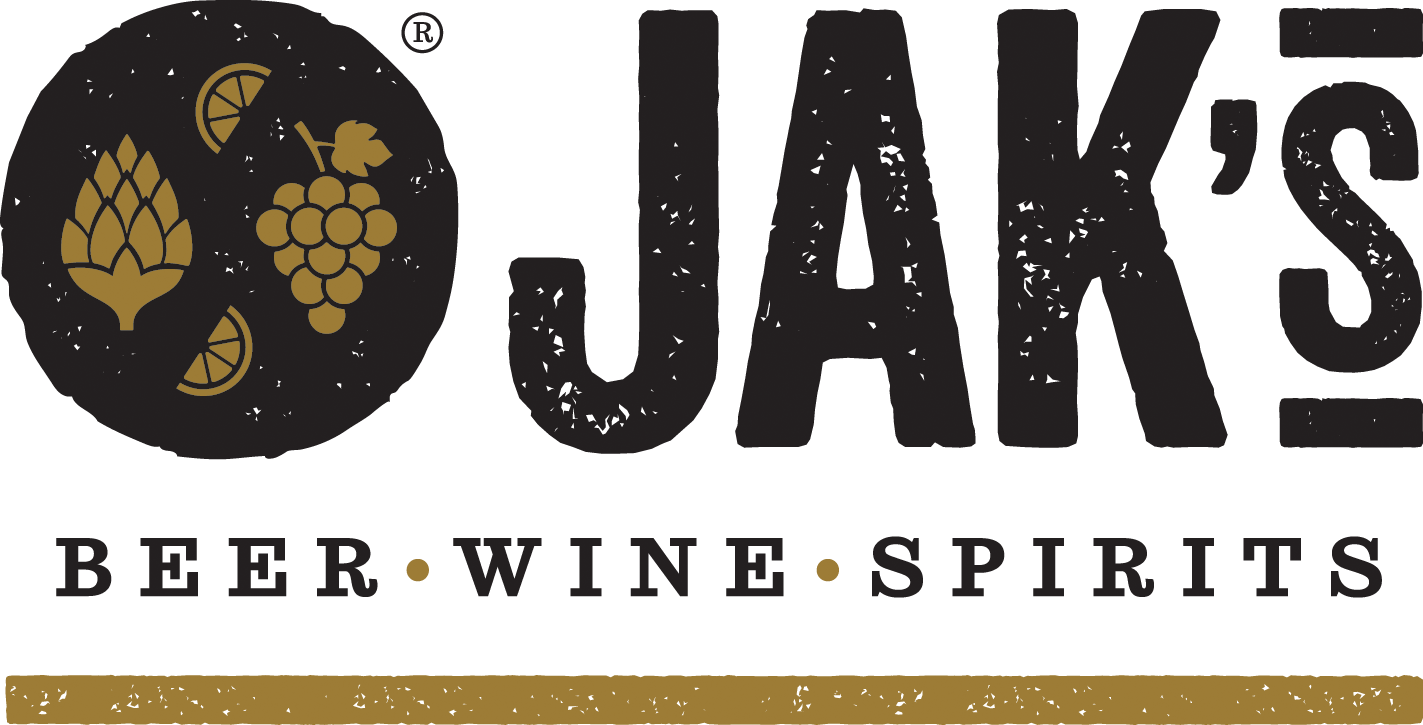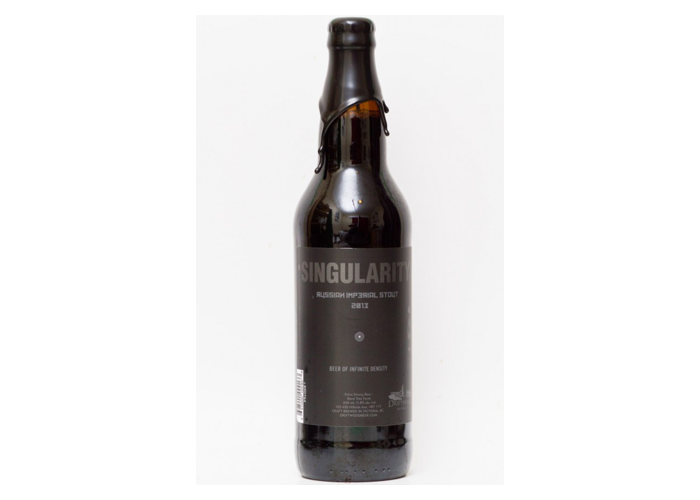Blog by: Kamran Ahmed, General Manager of JAK’s South Granville
The history of strong black beers called Stouts dates back four centuries to when Stout Butt-Beers were named after the large wooden casks (Butts) that they were matured in. This dark ale quickly rose in popularity against the common lager, especially amongst the street porters. By 18th century London they were now recognized as Porter ales. The strongest Porters were referred to as Stout Porters because they were bigger, beefier and more robust than the standard fare. At this point in time, the Stout wasn’t a style yet but more of a way of describing the robust characteristic of certain Porters. Eventually, the two distinct styles emerged.
In 1817, Daniel Wheeler developed black patent malts by inventing the modern drum roaster. Keeping malt separated from the fire, the drum roaster allowed for roasting malt without burning it. This resulted in a dark, dry beer with a coffee-like aroma and bitter-sweet taste with added hints of caramel and toffee. It drew a counterpoint to the fruitier dark-brown Porters of the day and thus inaugurated a new era of black beer production!
English Porter
Dark reddish-brown ales of the 1700s made from brown malts which are heavily kilned but not roasted. They have a rich toastiness and full body but the use of pale malts gives a lighter colour—certainly not black. These beers have evolved since 1817 and the original London Porter is more of a historical concept at this point.
For a classic example, try Samuel Smith’s Taddy Porter, a dark brown ale with notes of dried fruit and milk chocolate, evenly balanced with a full body and tan head.
Dry Irish Stout
The Irish Stout grew in contrast to the London Porter with its coffee-like roastiness and creamy texture. These beers are medium bodied and lighter in alcohol with little to no fruitiness. They are bitter but show little to no hop flavour, and many of the best Irish Stouts are nitrogenated rather than carbonated. The lower gas pressure elevates the smooth texture of the style while reducing the sharpness.
In contrast to Guinness, try a bottle of O’Hara’s, a Dry Irish Stout without the nitrogenation. Alternatively, Persephone in Gibson’s makes a true-to-style Dry Irish Stout which pours with the cascading effect and creamy head of a nitro draught.
Oatmeal Stout
The Oatmeal Stout emerged through the use of raw or malted oats which adds creaminess to the body and a mild nutty flavour. Typically this will include the use of 30% oats in conjunction with roasted barley.
Look no further than Penticton, BC—Cannery Brewing makes a fine Oatmeal Stout!
Sweet Stout
A controversial style, the Sweet Stout, or Milk Stout, was originally crafted as a drink for invalids by adding lactose to soften it up. It is typically served Nitro for that extra added creamy texture.
A popular local milk stout is Strange Fellow’s Blackmail which has a rich, round texture accompanied by a semi-sweet profile.
Foreign Extra Stout, Imperial Stout, Baltic Porter
These three similar styles of high alcohol Stouts were originally produced for imperishability during long voyages. In the same way that hops preserved the IPA for travel to India, the alcoholic strength of the Imperial Stout ensured the quality of the beer over longer travel times. As it was a more expensive beer to produce, it was considered luxury to the locals, and the best were exported to Russian Monarchy.
The annually released Bourbon Barrel-Aged Singularity from Victoria’s Driftwood Brewery leaves shelves empty in a matter of minutes as raving fans will hunt store to store to bypass bottle limits. Don’t miss this one. I’ve had the pleasure of enjoying vintages up to 8 years aged, and there are few beer experiences that compare.
American Stout and Porter
As with virtually all beer styles, American variations have developed. There is really no difference between the American Stout and American Porter as the styles are imperceptible these days, but the defining quality of an American Stout or Porter is the more robust body found in the Stout.
For a fascinating dive into experimental craft brewing, try Field House’s Salted Black Porter, a cult favourite made with Dutch Liquorice.







